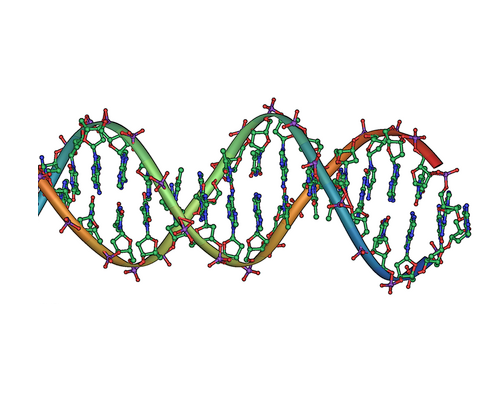
For particular reasons, I’ve just re-read an article by Ugo A. Perego and Jayne E. Eakins, “Is Decrypting the Genetic Legacy of America’s Indigenous Populations Key to the Historicity of the Book of Mormon?” that appeared in Interpreter: A Journal of Mormon Scripture 12 (2014): 237-279.
It’s very, very good. Those who are interested in questions surrounding the issue of Amerindian DNA and the Book of Mormon should absolutely be familiar with it. And I’m pleased to note that it’s cited in note two of the current iteration of the Church’s Gospel Topics Essay on “Book of Mormon and DNA Studies.”
The Interpreter Foundation is, if I must say so myself, providing significant contributions to the Kingdom. I’m grateful for all those who have helped to make this possible.
***
Thanks for John Hancock for reminding me of this passage from C. S. Lewis’s classic study The Discarded Image:
“In our age I think it would be fair to say that the ease with which a scientific theory assumes the dignity and rigidity of fact varies inversely with the individual’s scientific education. In discussion with wholly uneducated audiences I have sometimes found matter which real scientists would regard as highly speculative more firmly believed than many things within our real knowledge; the popular imago of the Cave Man ranked as hard fact, and the life of Caesar or Napoleon as doubtful rumour. We must not, however, hastily assume that the situation was quite the same in the Middle Ages. The mass media which have in our time created a popular scientism, a caricature of the true sciences, did not then exist. The ignorant were more aware of their ignorance then than now.”
I don’t think that anybody can plausibly maintain that things have improved, in this regard, with the advent of the internet.
My experience, too, has been that those most prone to a naïve scientism are — with some notable exceptions — people who aren’t actually in the sciences.
***
By the way, here’s a 1975 essay by F. Kent Nielsen, a Harvard-educated historian of science (and a friend of mine) now long retired from Brigham Young University:
“The Gospel and the Scientific View: How Earth Came to Be”
***
And, finally, as part of my ongoing war against science, I’m going to fail to fail to mention this arresting piece:
I take no position on this particular case, and, contrary to the insistent claims of some, I’m not actually (or even remotely) hostile to science. Quite the contrary. My concern, rather, is with scientism, which is an entirely different animal.











